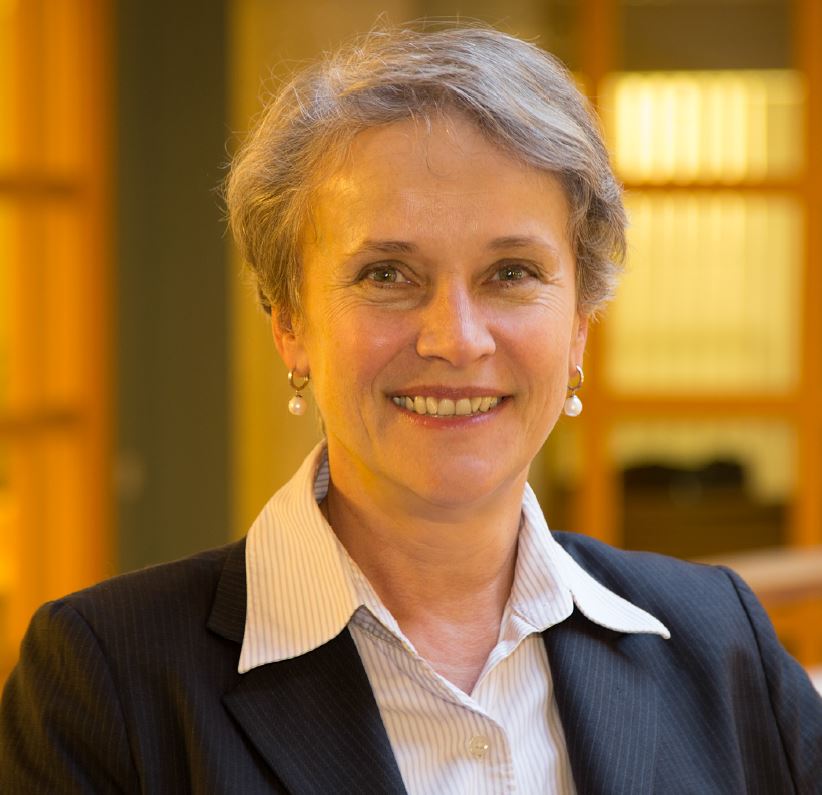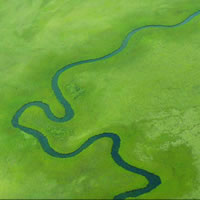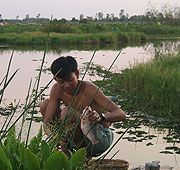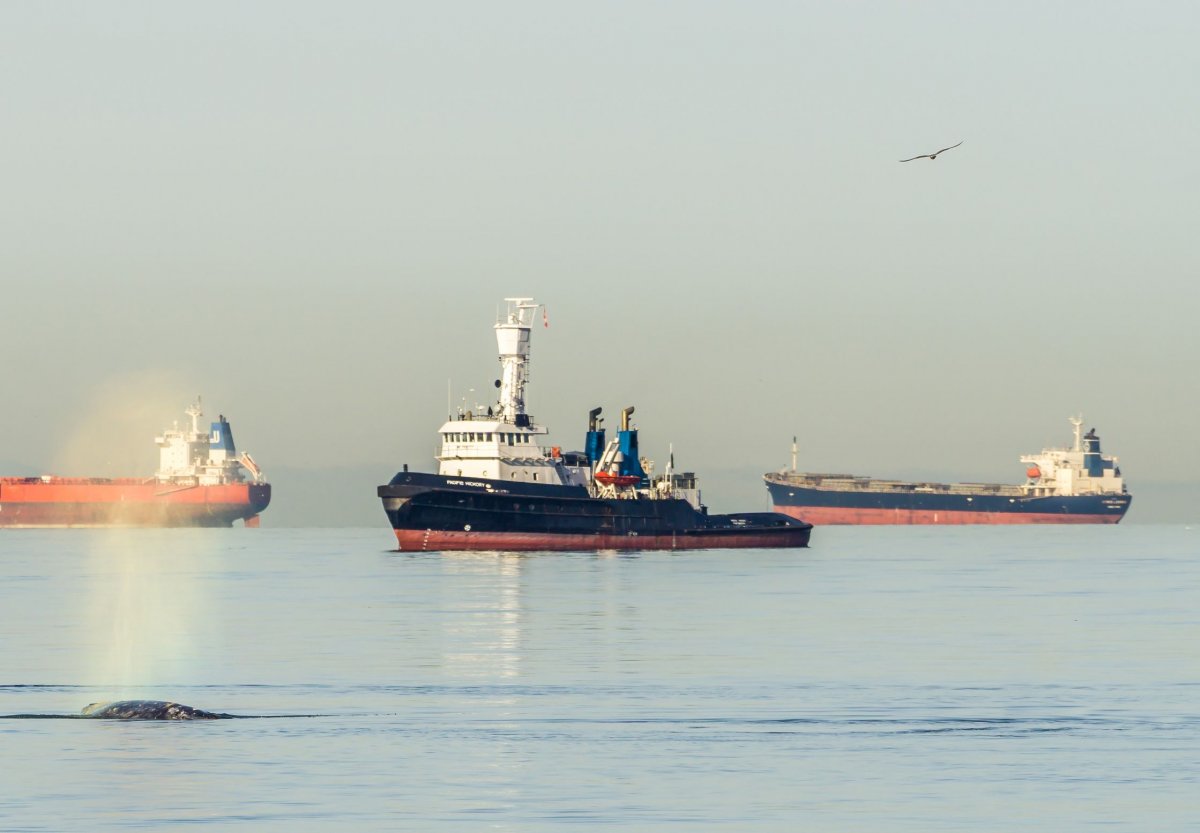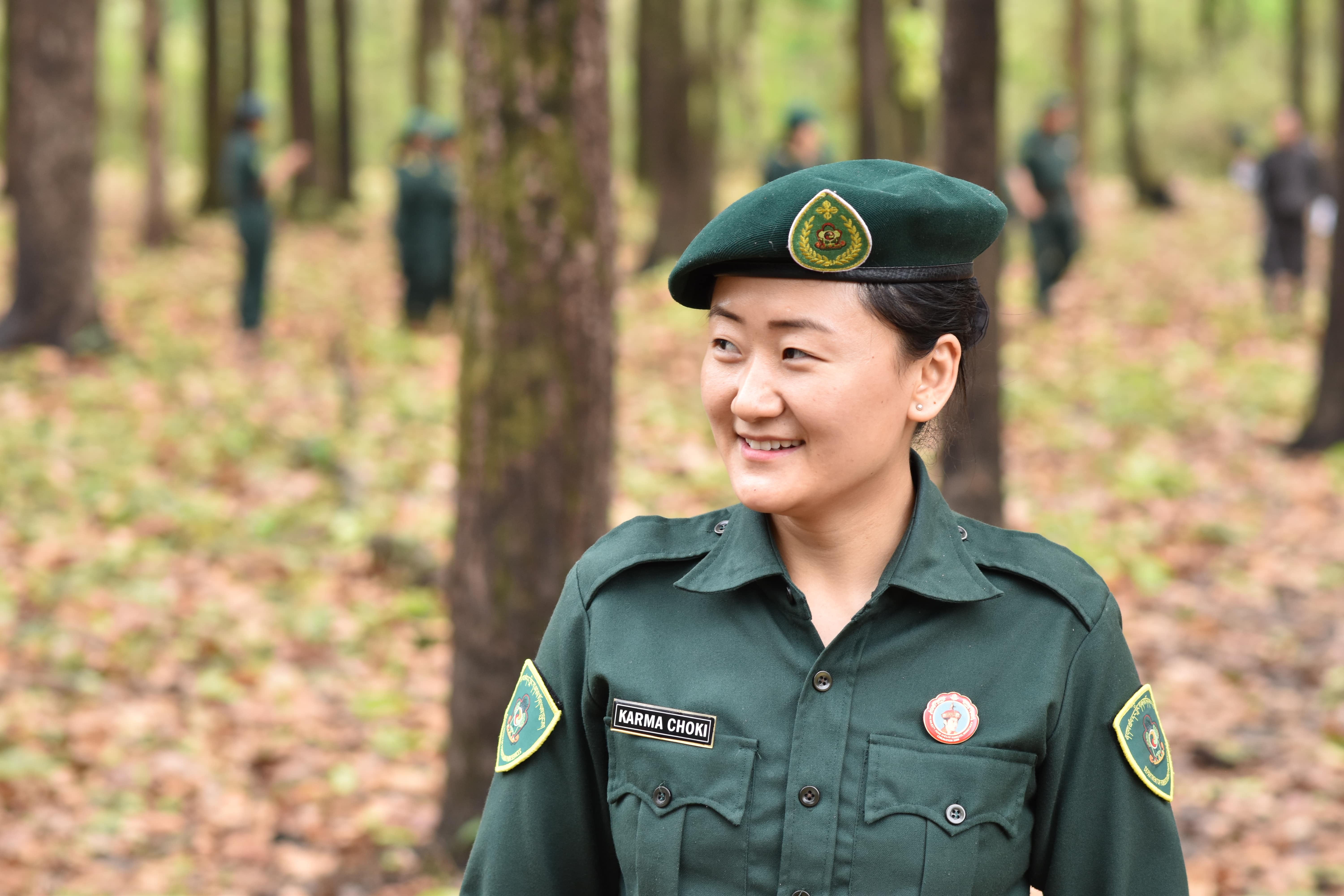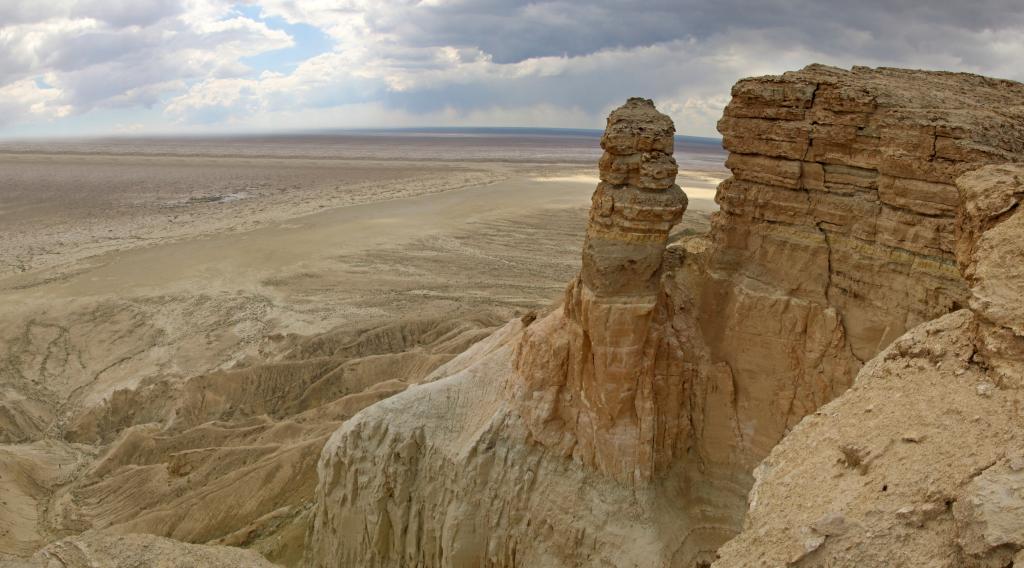Ramsar's star rising with new appointment
IUCN's Global Protected Areas caught up with the newly appointed Deputy Secretary General of the Ramsar Convention on Wetlands Dr Ania Grobicki to learn more about her new role, the forthcoming Ramsar COP12 convention in Uruguay and her spectacular office view in Gland, Switzerland.
How does it feel to have started your new role at Ramsar?
I enjoy looking at the wetland area outside my office window, watching the birds going about their business and hearing them communicate with each other. I am finding that IUCN’s ecological office building in its beautiful wetland setting is an inspiration in itself. It’s worth noting that the wetland area that is now so alive with biodiversity was once farmland, and the wetland was constructed at the time when the IUCN building was built. Ramsar is an exciting place to be because it is the only intergovernmental convention that is dedicated to conserving one ecosystem – namely wetlands.
What are your main objectives in the role over the coming months and years?
There are now over 2,000 Ramsar sites worldwide, created and sustained by a wonderful network of passionate and dedicated people. As wetlands are vanishing fast from the surface of the earth, Ramsar’s role in highlighting the issue of conserving, managing and restoring wetlands is becoming increasingly vital. The water community worldwide has not always been sufficiently aware of the importance of wetlands in providing water, purifying and filtering water, supporting plantlife and fisheries, and buffering communities against the worst effects of both floods and droughts. When water is viewed simply as a commodity, we can lose sight of how water circulates through the global water cycle and how carefully this cycle now needs to be managed, for our own survival. At Ramsar one of my key objectives is to build much stronger links between wetlands and global, regional and local water policies and practice.
You have done some impressive work in urban catchment management and the restoration of urban wetlands in your previous posts. What is the secret behind the success of projects like this?
I believe that working with local people, finding ways to support local civil society organizations to be involved in their own immediate environment is essential. Secondly, in the urban setting you really need the buy-in of local government, and that means working with the different branches and different levels of local government – responsible for stormwater management, parks and gardens/recreation, urban planning, you name it. First prize is if it is possible to create and inaugurate a local multi-stakeholder group or committee that meets together regularly, with a sustainable source of funding (preferably from local rates and taxes) to support community participation, and with the scientific and technical knowledge resources of a local university and locally-based NGOs such as the World Wildlife Fund. Never mind the global – think local, because that is what really matters! If there is a way for local people to develop livelihoods from the wetland, through sustainably harvesting plants, flowers, traditional medicines, supporting tourism, or education projects, that can help ensure the long-term future of the urban wetland as a community asset.
What will be the major subjects of discussion at the forthcoming Ramsar COP12 convention in Uruguay?
Under the theme of 'Wetlands for our Future', the new Ramsar Strategic Plan for 2016-2021 will need to be passed by the COP – with the vision being to 'prevent, stop and reverse the degradation and loss of wetlands'. There is a real sense of urgency here, given that two-thirds of the world’s wetlands have already disappeared. Goal 1 of the Strategic Plan being to address the drivers of wetland loss and degradation. That will involve the Ramsar National Focal Points (many of whom are from the Ministry of Environment of their country) making intersectoral linkages with other ministries including water, agriculture, fisheries, and urban development.
Also, Goal 3 of the new Strategic Plan is to ensure the wise use of wetlands through partnerships. One of the new partnerships to be launched will be a Global Partnership for Wetland Restoration, which will need much discussion to build real support and commitment. What are the major development goals and challenges facing national governments with regards to wetlands in protected areas? In terms of development goals, it is important for wetlands and protected areas to be integrated into national development plans and strategies, to ensure that these objectives are aligned, eg. linking rural wetlands into agricultural development and sustainable policies for food security; linking urban wetlands into sustainable urban development, stormwater management and land-use planning; linking all kinds of wetlands, above and below ground, into water resources policies and planning; ensuring that wetlands are part of national strategies for disaster risk reduction, floods and droughts.
What role can wetlands play in containing floods and droughts?
Wetlands are well known to act as sponges – soaking up and storing rain and then releasing it slowly into the water catchment area downstream during dry periods. If we lose wetland areas to agriculture, that reduces the storage capacity of the river basin. If wetlands are drained and paved over to create roads, parking lots, housing and industrial areas as cities expand, then the rain runs off even faster downstream.
Is it any coincidcence that there seem to be more and more floods and flash floods happening around the world?
Not only is the rain falling harder and faster, but the capacity of catchments to hold the water upstream, and release it gently downstream, has been steadily removed by the removal of wetlands. So much for floods – similarly for droughts. Wetlands provide a vital connection between surface and groundwater, recharging aquifers during wet periods, so that during droughts the replenished aquifers can be drawn down when needed. Wetlands are that crucial capacity that we need to buffer both flood and drought events and reduce the risks.
What are Ramsar doing to help attain the Aichi Biodiversity targets for 2020?
There is a lot that we are doing and the linkages of the Aichi targets into the sustainable development goals is important here - especially under Goal 2 (agriculture), Goal 6 (water), Goal 11 (cities) and Goal 15 (ecosystems and biodiversity). Under target 6.6 'By 2020, protect and restore water-related ecosystems including wetlands, lakes, rivers and aquifers' there is currently the indicator of '% change in wetlands extent over time'. Right now we are acting to ensure that this indicator stays and is adopted under the sustainable development goals, because that will be an additional safeguard and endorsement for the importance of wetlands in wider landscapes.
How did you celebrate World Water Day on 21st March?
By taking a long walk along the shoreline of Lake Geneva – a breathtakingly beautiful wetland that supports thousands of people living around it!
What is your favourite protected area in the world?
It has to be the Okavango Delta. An inland delta dotted with islands, alive with hippos, crocodiles and many species of antelope, such as lechwe and the lovely waterbuck. Paddling through it in a makoro is an incredible experience. And the Okavango River Basin Water Commission is doing an excellent job in safeguarding it for future generations.
In 50 years how do you hope the wetlands on earth will look?
Hopefully, contributing a lot to the net-zero-carbon society that the earth will by then – wetlands (especially peatlands) have an important role to play in soaking up carbon emissions as we all move towards this major social transformation. Wetlands will also help us to adapt to a warmer world, a world of greater extremes. In 50 years, I hope that wetlands everywhere will be cherished and sustained for helping us to be more at home on planet earth.
